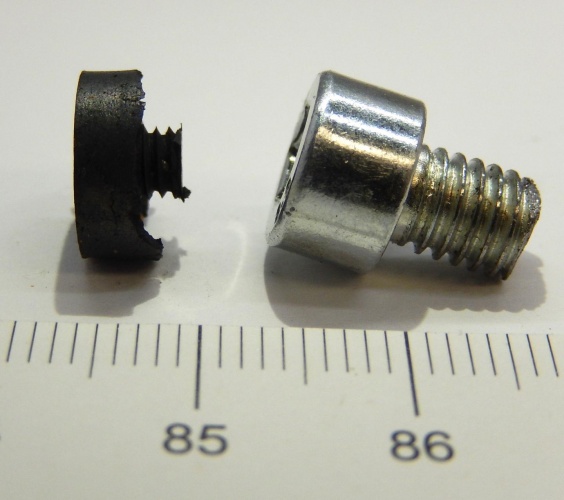Researchers at Rice University have developed a graphene foam reinforced with carbon nanotubes that can support up to 3,000 times its weight without deforming.

Known as ŌĆśrebar grapheneŌĆÖ, the substance is described in the American Chemical Society journal ACS Applied Materials and Interfaces. As well as exhibiting extreme mechanical strength, it was also successfully tested as a highly porous, conductive electrode in lithium ion capacitors. Rice chemist James Tour and his team had previously used carbon nanotubes to reinforce two dimensional graphene, and using the same process for three dimensional materials was a logical step.
ŌĆ£We developed graphene foam, but it wasnŌĆÖt tough enough for the kind of applications we had in mind, so using carbon nanotubes to reinforce it was a natural next step,ŌĆØ said Tour.
To create the 3D structures, the Rice team combined a powdered nickel catalyst with surfactant-wrapped multiwall nanotubes, using sugar as the source of carbon. After being mixed in a solution the water was evaporated, leaving pellets that were pressed into a screw-shaped steel die. A chemical deposition furnace was then used to convert the available carbon into graphene. Further processing removed traces of nickel, and the final result was a nanotube-reinforced all-carbon foam screw.
According to the team, electron microscope images of the foam showed that partially unzipped outer layers of the nanotubes had bonded to the graphene, which provided strength and resilience. Non-rebar graphene foam could only support 150 times its weight, meaning the addition of carbon nanotubes increased the load-bearing capacity by 2,000 per cent. Rebar graphene was also found to be able to support up to 8,500 times its weight, but this resulted in irreversible deformity of about 25 per cent.

 Industry News
Industry News